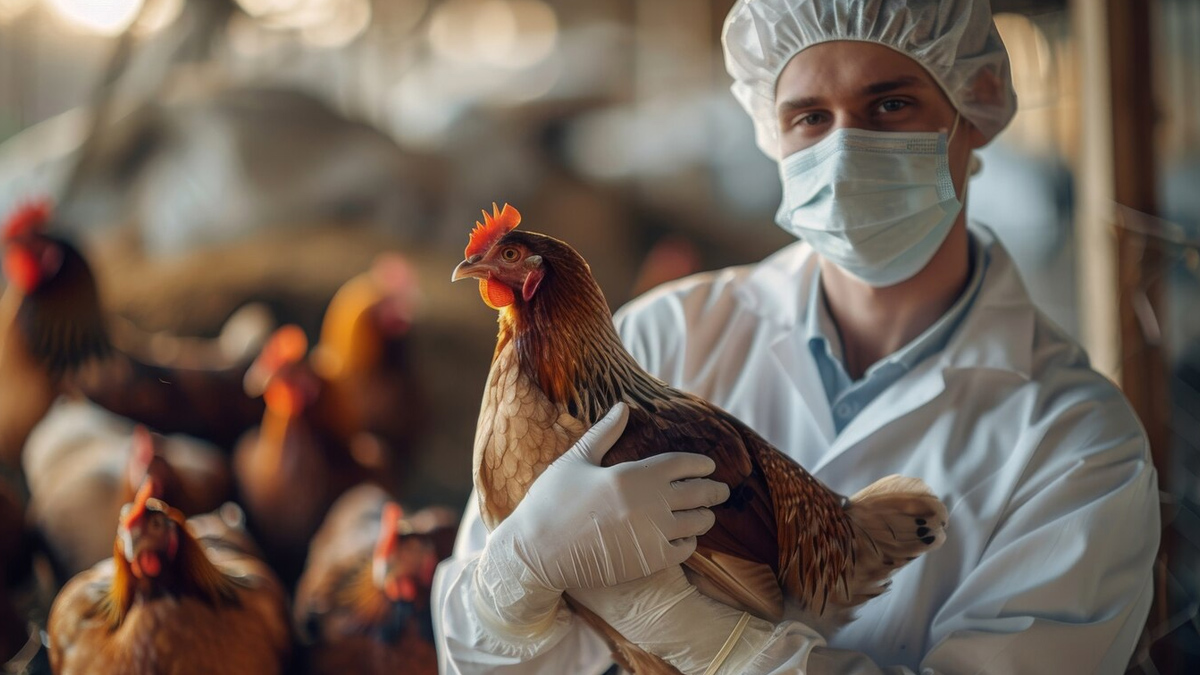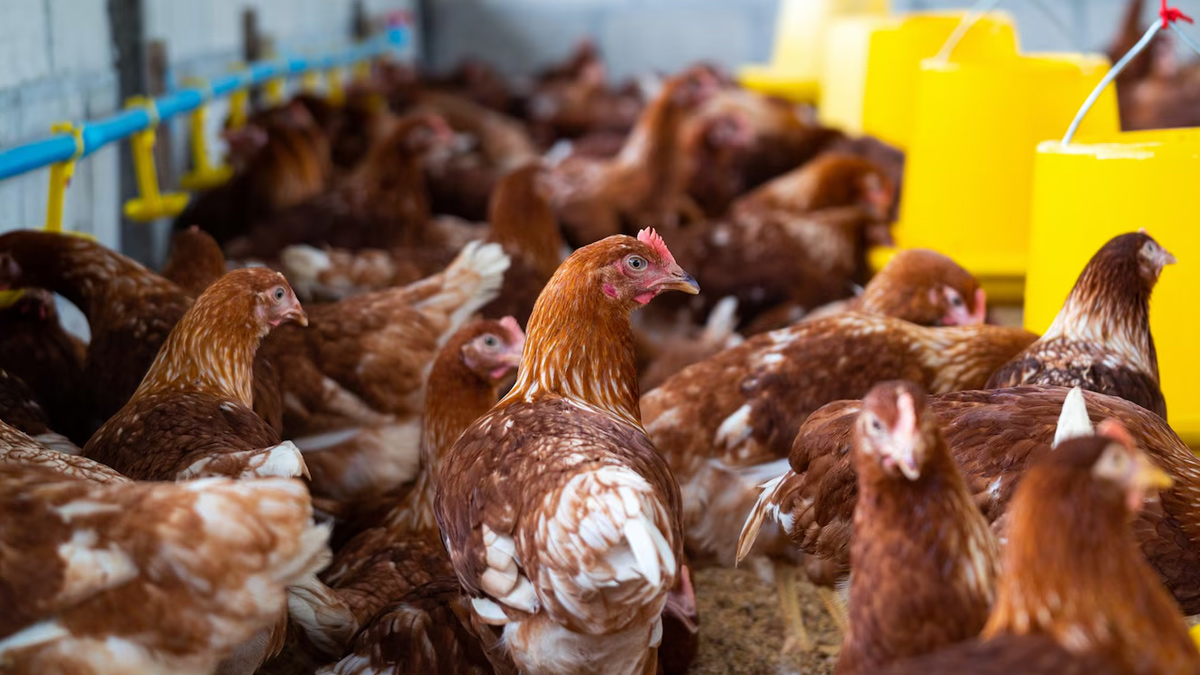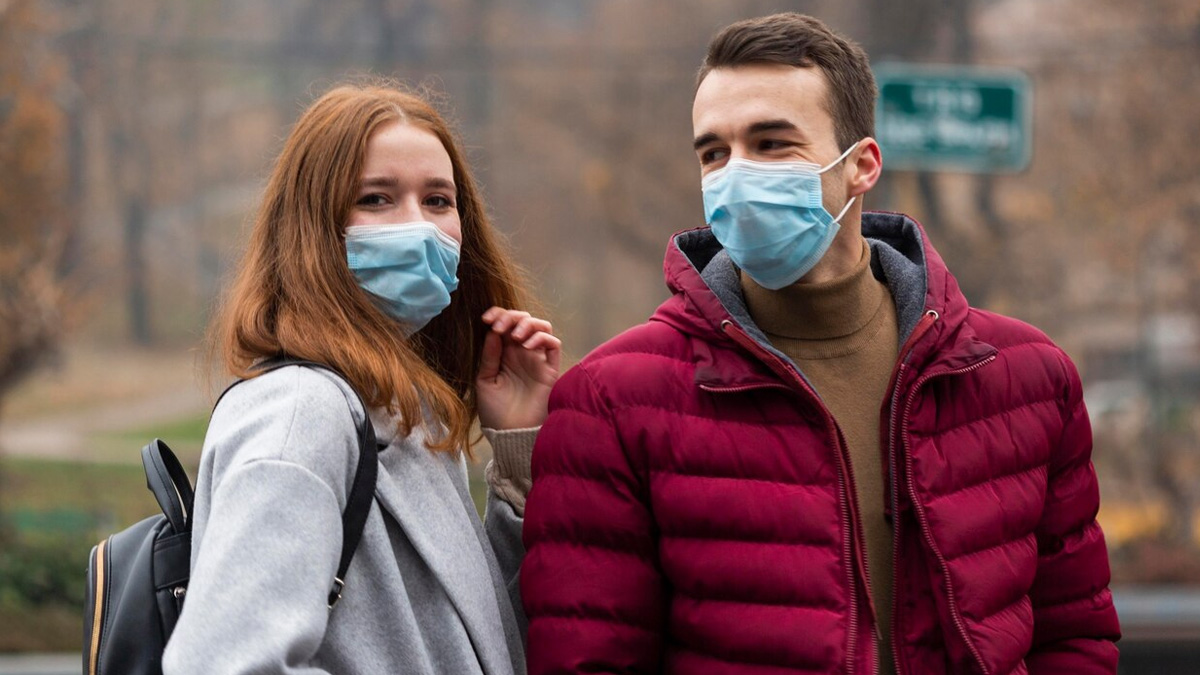The word ‘pandemic’ sends shivers down spines worldwide. Recently, it has worried everyone as the H5N1 bird flu virus, once limited to poultry, now infects cows, cats, and humans across all 50 US states. With over 70 human cases reported since 2024 and the first US death confirmed in Louisiana, health experts warn that the virus’s jump to mammals increases the risk of mutations. It is being said that it could spark human-to-human transmission. While the CDC says the public risk remains low, the rapid spread in dairy herds and new cases in farmworkers have scientists urging immediate action. Here’s what you need to know about the threat and why it’s making headlines.
What Is H5N1 Bird Flu?

H5N1 is a highly contagious avian influenza virus deadly to birds. Since 2020, it has caused mass poultry outbreaks globally, but recent mutations have let it infect mammals like cows, cats, and even alpacas. In humans, symptoms range from mild (cough, fever) to severe (pneumonia, organ failure). The CDC notes the current US strain isn’t easily spread between people, but experts fear further mutations could change that.
How Did We Get Here?
- March 2024: H5N1 jumps to US dairy cows, likely from wild birds.
- April 2024: Virus detected in 1 in 5 commercial milk samples.
- May 2024: Cats die after drinking raw milk from infected cows.
- July 2024: Asymptomatic cows spread the virus, complicating containment.
- December 2024: First US H5N1 death reported in Louisiana.
- By 2025, over 1,000 dairy herds and 4.2 million chickens were infected. Farmworkers, often exposed to unpasteurised milk or sick animals, account for most human cases.
Why Are Experts Worried?
- Mutations Matter: The virus now replicates efficiently in cows’ mammary glands, a new trait. Genetic changes, like the E627K mutation found in a Canadian case, help it adapt to mammals.
- Silent Spread: Asymptomatic cows and humans make tracking outbreaks harder. Four US farmworkers tested positive without ever feeling sick.
- Global Precedent: Past H5N1 strains had a 50% human death rate, per Harvard data. While the current US strain causes milder illness, experts warn it’s a “ticking clock” for deadlier mutations.
What’s Being Done?
- Testing: The USDA now mandates milk tank checks in six states.
- Vaccines: The US has stockpiled H5N1 vaccines, but they may need updating.
- Protecting Workers: The CDC urges masks, goggles, and gloves for those near infected animals.
Should You Panic?
- No-but stay informed.
- Low Public Risk: Casual contact (e.g., grocery store milk) is safe. Pasteurisation kills the virus.
- High-Risk Groups: Farmworkers, veterinarians, and raw milk consumers face the most danger.
- Watch for Symptoms: Conjunctivitis (pink eye) is common in human cases. Fever, cough, or breathing issues after animal exposure need immediate testing.
Conclusion
The potential spread of H5N1 avian flu across all 50 US states underscores a critical lesson from past pandemics: vigilance and preparedness save lives. While the immediate risk to the public remains low, the virus’s jump to mammals and sporadic human cases highlight the unpredictable nature of zoonotic diseases. Experts urge proactive measures like protecting high-risk workers, accelerating vaccine development, and prioritising transparency in tracking outbreaks.
